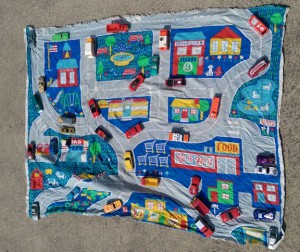I had in mind to write a post for today about the concept of an authentic self, and put together a few paragraphs on that topic yesterday. But then I got busy with other things, never got back to it, and put my partial draft in a folder with other half-finished stuff. That wouldn’t have been a problem except that I started worrying about whether I’d have time to finish the post today, and how it would mess up my planned schedule for the blog if I didn’t, and I had some work to catch up on, so maybe I wouldn’t be able to get anything written for Thursday either…
And then I thought, whoa! What’s going on with all these pointless worries! First of all, a personal blog is supposed to be fun, rather than just another chore to get done. If I didn’t enjoy it, there wouldn’t be much reason to keep writing it, would there? So there’s no sense in taking the fun out of it with self-imposed production schedules; my job gives me enough of those already! And second, to the extent that I write for insight and sharing rather than just for fun, I can accomplish those goals much more effectively when I set aside the time I need for meaningful reflection. Hurrying through a task never gets the best results, even when it’s just a blog post!
So, I took a few minutes just now to refresh my mind by browsing through photos of peaceful nature scenes to put myself in a reflective mood. Here’s one that I enjoyed:
That was definitely more fun than worrying about whether I’d have time to finish writing yesterday’s draft. Hope you enjoy it too!







